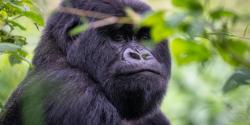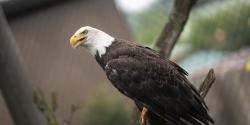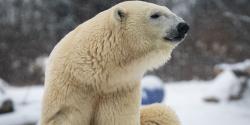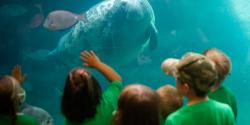The Wilds is known for its commitment to conservation and environmental education. But, did you know that The Wilds also stands as an exceptional haven for bird enthusiasts?
Birding tours provide a unique opportunity to seek out and learn about over 200 documented bird species who call The Wilds home, as well as the opportunity to delve into discussions about significant bird conservation initiatives undertaken within The Wilds' realm. For this blog, we're taking a deep dive into The Wilds' birding tours and what species you may come across during your adventure.
Let's dive in to things you can expect and species you might see during your birding tour!
Beginner's Birding Tour at The Wilds
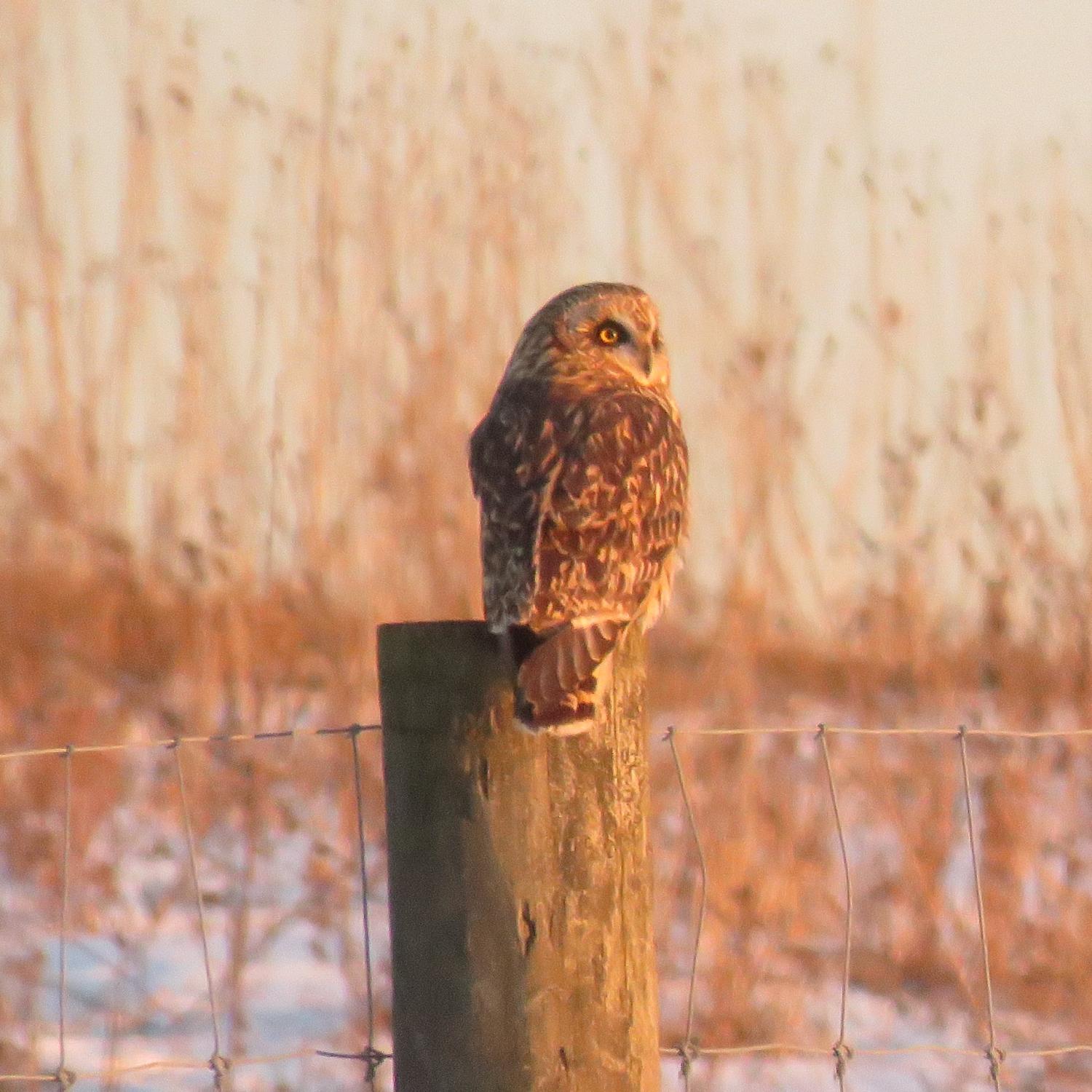
The Beginner's Tour is a tailor-made introduction to the art and science of bird observation and offers a carefully curated experience that combines the thrill of discovery with the opportunity to contribute to the well-being of avian species.
Who will you see on this tour?
Barn Owl
- One of the most widespread bird species in the world, barn owls can be found on many continents including, Africa, Asia, North and South America, and Oceania.
- The Wilds has participated in a banding project as well as providing nest boxes for the Barn Owls on our property since 2015 to build a better population in our area and Ohio as a whole.
Common Raven
These birds are both extremely intelligent and playful--participating in impressive aerial acrobatics like dives and rolls.
Henlow's Sparrow
- Despite the fact that they are out in the day and are high in number, Henlow's sparrows are one of the most difficult birds to spot at The Wilds.
- This species only flies when needed during nesting season. It is more common to see them running through the grass.
Northern Harrier
- Like many open-land birds, these raptors nest on the ground.
- Harriers have a facial disk similar to owls to help them hunt with sound as well as sight.
Northern Shrike
- This bird comes from the far north every winter to stay in habitats like The Wilds.
- Hunts like a bird of prey perching on top of a bush or short tree searching for small rodents or songbirds.
Short-eared Owl
- This owl can be active during night and day, typically the morning and evening.
- Females will defecate on eggs when predators approach in an attempt to deter the predator.
Schedule a Beginner's Birding Tour
Advanced Birding Tour at The Wilds
This tour is geared exclusively towards experienced birders and is a personalized experience that caters to the guests' preferences.
Who will you see on this tour?
American Crow
- This species is very vocal and uses many calls to communicate with one another. They can also use their voices to imitate owls, humans, and other animals!
- American crows are generally very social. Some young crows will assist their parents in raising the next year's young.
American Kestrel
American Kestrels are a species that have been positively impacted by agriculture and human impact that has created habitat for them as well as attracting and supporting large amounts of prey. They can also fly up to 39 miles per hour!
Bobolink
- This species is sometimes referred to as the “skunk bird” because of their similar coloration.
- When trying to attract a mate, male Bobolinks will fly up in interesting circular patterns while singing.
Green Heron
Green Herons have been known to use tools (sticks, feathers, bread) making their own bait to attract their prey. They are even able to dive into deeper water to capture their prey, and then swim back to the bank
Trumpeter Swan
- These birds are the largest North American waterfowl, weighing between 20 and 30 pounds.
- Like many waterfowl, these birds were driven to the brink of extinction in North America in the early to mid-nineteen hundreds due to overhunting and loss of wetland habitat. Thankfully, their species has recovered in recent years. The Wilds worked with the Ohio Division of Natural Resources (ODNR) and other partners to release trumpeter swans across the property whose offspring are still here.
Wood Duck
Wood Ducks are cavity nesters using natural cavities in trees immediately near the water or manmade nest boxes.
Schedule an Advanced Birding Tour
Embarking on birding tours, whether as a beginner or seasoned enthusiast, offers not just an opportunity to marvel at the diverse avian species that call The Wilds home, but also serves as a tangible contribution to wildlife conservation efforts. By immersing in the beauty of nature and supporting initiatives like these tours, you're engaging in preserving habitats and safeguarding the delicate balance of ecosystems.
Each bird spotted is not just a moment of awe; it's a testament to our commitment to protecting our planet's biodiversity for generations to come. So, let's continue to explore, learn, and advocate for the conservation of our feathered friends and their habitats.

